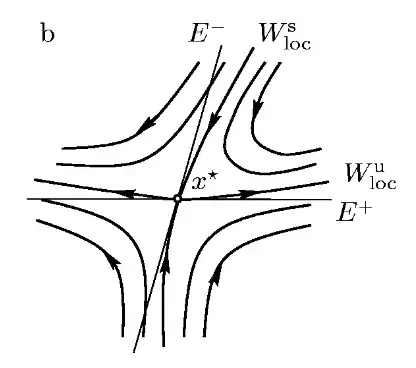While defining a renormalizable field theory in the UV, we can assume it to have a simple form, i.e only containing a few operators (the relevant and marginal ones).
Now, as we start flowing along the RG flow with change in energy scale, new operators will be introduced but in the IR the irrelevant operators do not go to zero but become functions of the relevant and marginal operators
Naively, I used to think that the irrelevant operators go to zero as we flow to the IR, but it doesn't. They just become functions of the relevant and marginal operators.
Can someone please explain the above point more clearly and intuitively.
Also, we can compute anomalous dimensions of various operators in perturbation theory, and is there some example which we can construct where the object is classically irrelevant, but the addition of due to anomalous dimensions make it relevant for the theory. Can somebody give an example of the above behaviour?
